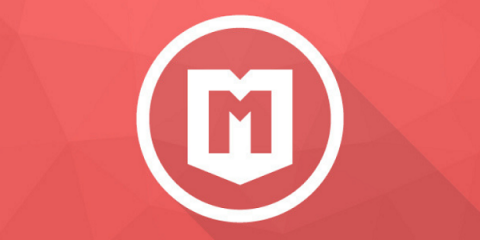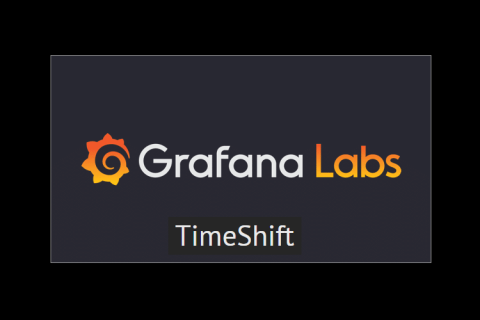We Are Better Together. Here's Why.
There’s no I in team. It’s a cliche, but it’s true. And, while we all have things we’d rather do our way as an individual, the collective mind is more effective and more meaningful. At Monitive, it’s how we do business.










